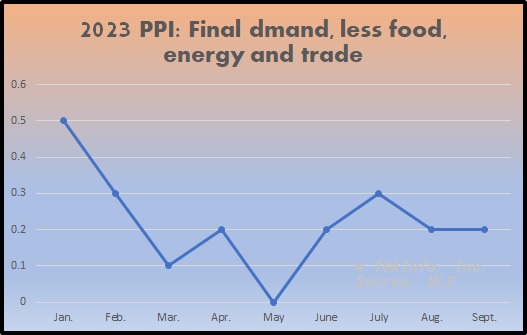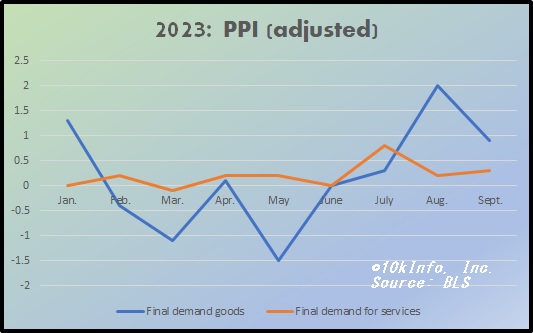Latest News by Industry
Technology
Show more
Rich in cash, Japan automaker Toyota builds a city to test futuristic mobility
Woven City near Mount Fuji is where Japanese automaker Toyota plans to test everyday living with robotics, artificial intelligence and autonomous zero-emissions transportation
•
Feb 22, 2025
Which US companies are pulling back on diversity initiatives?
A growing number of prominent companies have scaled back or set aside the diversity, equity and inclusion initiatives that much of corporate America endorsed following the protests that accompanied the Minneapolis police killing of George Floyd, a Black man, in 2020
•
Feb 22, 2025
Dow falls nearly 750 points and US stocks tumble as businesses and consumers worry about tariffs
U.S. stocks fell sharply after reports showed that worries among consumers and businesses about President Donald Trump’s policies may be hitting the economy
•
Feb 21, 2025
Oil & Gas
Show more
Healthcare
Show more
Manufacturing
Show more
Dow falls nearly 750 points and US stocks tumble as businesses and consumers worry about tariffs
U.S. stocks fell sharply after reports showed that worries among consumers and businesses about President Donald Trump’s policies may be hitting the economy
•
Feb 21, 2025
Dr. Mehmet Oz holds millions from companies that he'd wield power over if confirmed, report shows
Dr. Mehmet Oz holds millions of dollars worth of shares in health insurance, fertility, pharmaceutical and vitamin companies
•
Feb 20, 2025
Universal Electronics: Q4 Earnings Snapshot
•
Feb 20, 2025
Finance Insurance & Real Estate
Show more
Warren Buffett offers Donald Trump some advice while celebrating Berkshire Hathaway's success
Warren Buffett is celebrating the successes of Berkshire Hathaway’s companies last year and in the 60 years since he took over a struggling New England textile company and began converting it into a massive conglomerate
•
Feb 22, 2025
How LA wildfires are making an already tough rental market even worse
The Los Angeles wildfires wiped out thousands of homes, forcing families to find new places to live
•
Feb 21, 2025
Founder of student aid startup Frank faces criminal trial over whether she defrauded JPMorgan Chase
A woman backed by wealthy advisers who built a company to make it easier for college students to apply for financial aid has gone on trial on criminal charges that she defrauded JPMorgan Chase & Co. in a $175 million buyout
•
Feb 20, 2025
Retail
Show more
Stock market today: A slide for Walmart pulls Wall Street from its record, and Dow drops 450
Wall Street retreated from its record after a sharp slide for Walmart weighed on U.S. stock indexes
•
Feb 20, 2025
Walmart rolled through 2024, but uncertainty about consumers and tariffs seep into year ahead
Walmart delivered another year of strong sales and profits with its competitive prices an increasingly strong magnet for inflation-weary shoppers, but this year appears to come with new challenges in an uncertain economic landscape
•
Feb 20, 2025
NAACP lists companies that dump DEI in its tactical spending guide for Black Americans
The NAACP wants Black Americans to steer their buying power toward corporations that haven’t pulled back from diversity programs under conservative pressure
•
Feb 15, 2025






